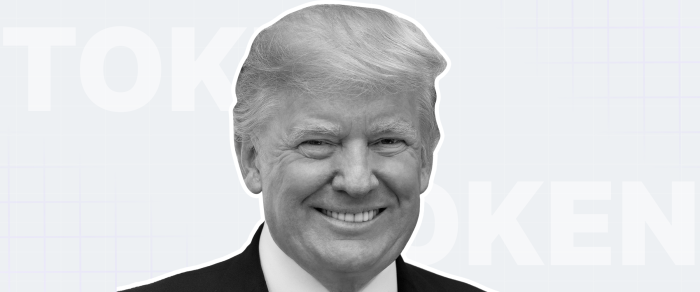Major Crypto Prediction: Economist Predicts Stablecoins Will Be a Major Trend in 2024
Stablecoins, a type of crypto token that always retains a fixed value against another asset, are set to take the spotlight in 2024, according to economist Dr Markus Franke, a partner at cLabs and a co-creator of Celo, who has extensive experience in both traditional finance and Web3 technology, making new 2024 crypto prediction.
In a recent op-ed on Blockworks, Dr Franke outlined the potential impact of digital stable coins on the crypto industry and beyond. He believes they will become a pivotal instrument in the growing world of Web3, enabling real-world use cases such as tokenizing assets and facilitating borderless payments.
Stablecoins are Gaining Traction
Stablecoin demand has already grown significantly in recent years, with the global stablecoin market reaching over $100 billion in market cap. However, this growth has primarily been driven by use cases in DeFi, trading, and liquidity management.
According to Dr Franke, this trend in crypto prediction is expected to continue as the crypto market matures and more users recognize the benefits of stablecoins – namely stability, security, and transaction speed.
Regulatory Clarity
In addition to increasing demand from end-users, the analyst also predicts that the stablecoins will see a boost from improved infrastructure and regulatory clarity. Specifically, upcoming regulations such as the Markets in Crypto-Assets Regulation (MiCA) in Europe and a framework for stablecoins in Singapore are expected to provide a more favorable environment for institutional actors to enter the market. Furthermore, advancements in infrastructure around custody, identity, and access will also contribute to the growth of stablecoins by increasing usability and reducing costs for on and off-ramping.
Low-Volatility Assets Are Predicted to Gain in Popularity
As market participants become more selective, they are seeking not only stability against one fiat currency but also reduced risk exposure to a basket of currencies or goods as an inflation hedge. This makes stablecoins, which can track multiple currencies or goods, an ideal settlement instrument for multinational organizations in need of efficient international transactions.
However, for stablecoins to truly become a sustainable and trusted asset class, they will need to address concerns around collateralization. Regulatory initiatives, such as MiCA, are already pushing for greater transparency and diversification of stablecoin collateral.
Local-Currency Stablecoins Will Be Trending
While dollar-based tokens currently dominate the market, Dr Franke believes that local-currency stablecoins will see a surge in demand in the coming years.
The crypto space continues to integrate with the traditional sector, and users will have a growing need for stablecoins tied to their local fiat currencies. Local-currency stablecoins can potentially provide a bridge between “traditional and digital finance, fostering greater acceptance and adoption,” as Dr Franke writes.



